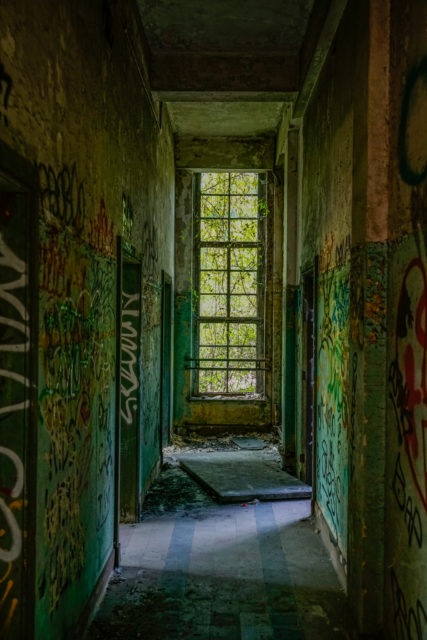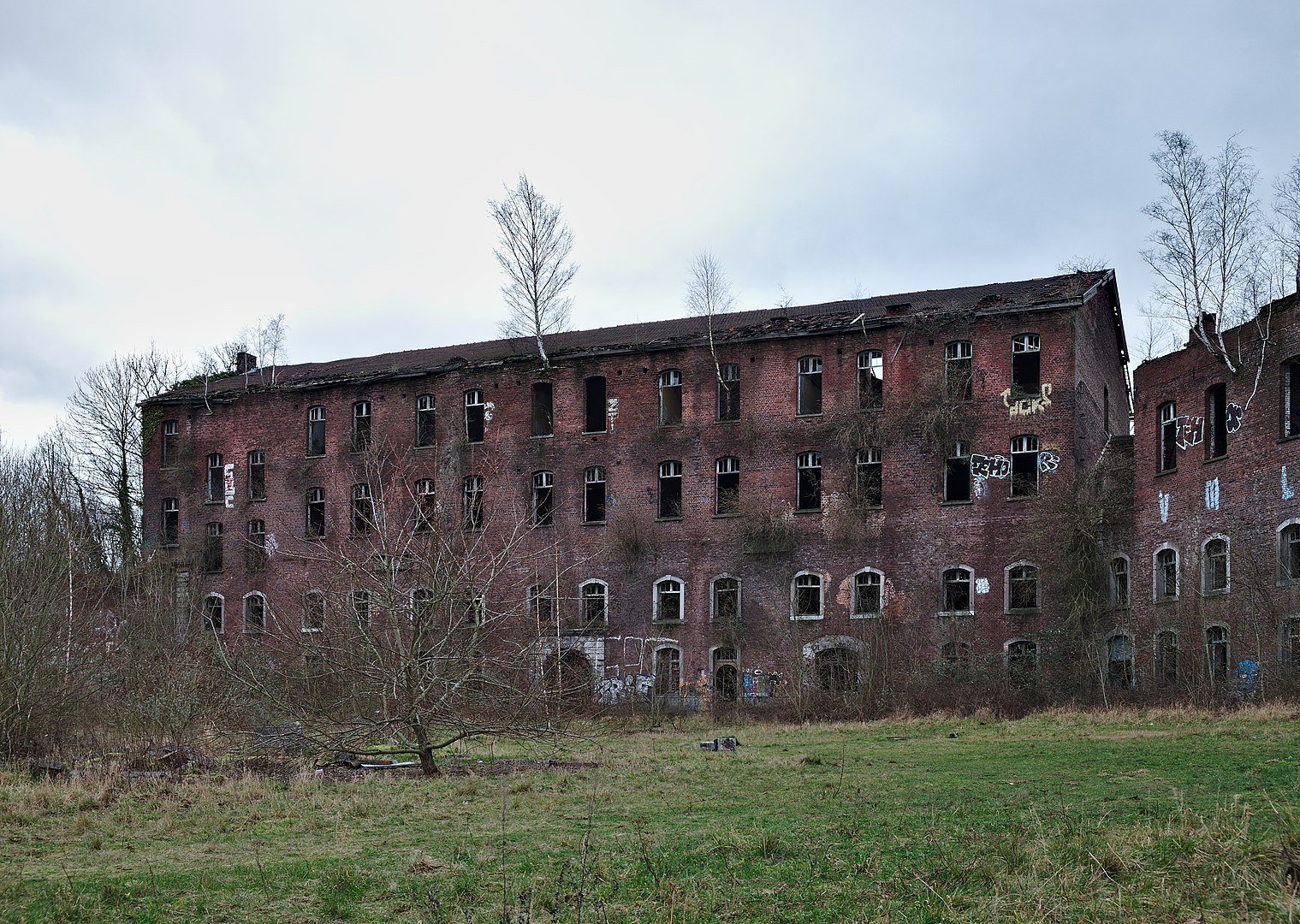In the Belgian city of Liege, there is a 200-year-old military structure known as Fort de la Chartreuse. It was built by the Dutch army between 1817 and 1823 on the hill of Mont Corniglion. In the valley below, runs the Meuse River.
At that time, the Kingdom of Belgium had not yet been founded, and the southern part of the country belonged to the Dutch. Fort de la Chartreuse was built because it was deemed necessary for the protection of the city of Liege against French forces.
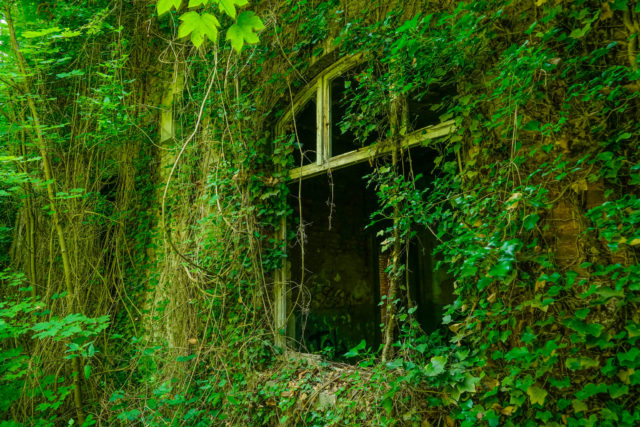
King William of Holland announced that 2,500,000 guilders would be allocated to construct the fort. The site chosen for the fort was land on which a Cartesian monastery, the Ordre des Chartreux, had been previously built. However, the monastery was abandoned in 1793 during the French Revolution.
The layout of the fort was a bastioned pentangle with both bricks and stone used in its construction. Two walls faced the city while the other three faced east to protect the city from attacks in that direction. A deep ditch was dug around the outer walls as an added layer of defense.
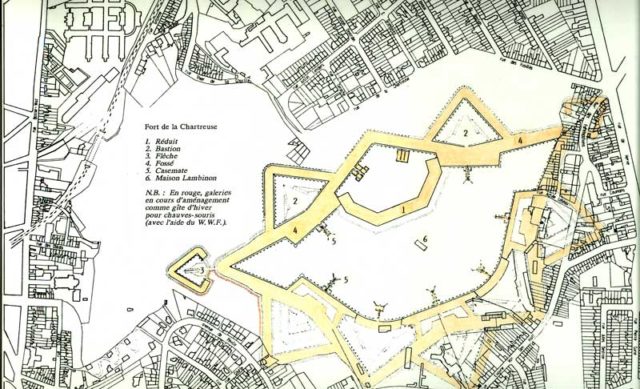
The Dutch retained control of this area after the fort was built, but only until 1830. In that year, the Belgian Revolution took place, and this area, along with other southern provinces, became the independent Kingdom of Belgium.
Consequently, the fort was captured by Belgian troops. After the conquest of Fort de la Chartreuse, the Belgian army began to use the building as barracks for its soldiers and officers.
Records show that the fort was able to accommodate about 3,000 soldiers. However, during its existence, the fort was never completely filled.
The Belgian army reduced its use of Fort de la Chartreuse in 1891, destroying some of it and keeping the rest as barracks. After that, various further improvements and alterations were made.
During World War I, the Germans occupied the fortification and converted it into a prison. Belgian soldiers and civilians were kept there, and several met their end within its walls.
After the war ended, the prison turned back into ordinary barracks again, and about 2,000 soldiers were stationed there.
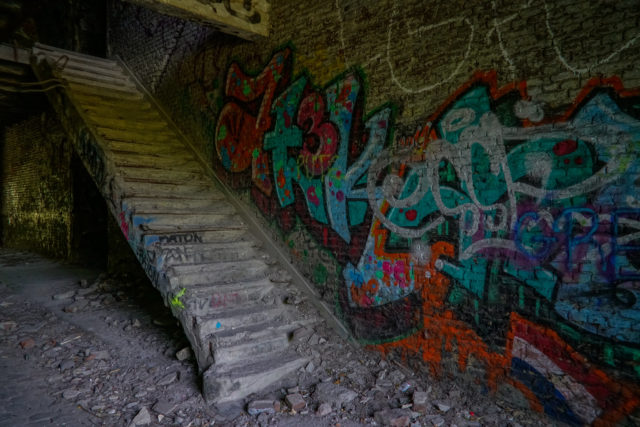
During World War II, Fort de la Chartreuse was again used by the German army as a prison. Then, from 1944 to 1945, the United States converted the buildings into a military hospital.
After the US Army left this fort, the buildings returned to the possession of the Belgian Army. However, the Belgians completely abandoned the fort in 1988.
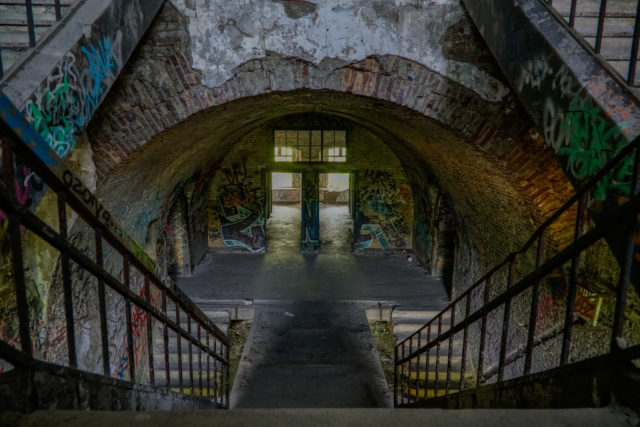
In 2006, it was necessary to demolish a small part of the former military structure, but the rest of the buildings still stand today. Nature is reclaiming the area, as evidenced by the copious amount of vegetation that covers the fort. The area is part of a reforestation program.
In addition, the stone walls of the fort bear a lot of graffiti. Some visitors see this as a beautiful representation of street art over the years, while others view it as vandalism on a great scale.
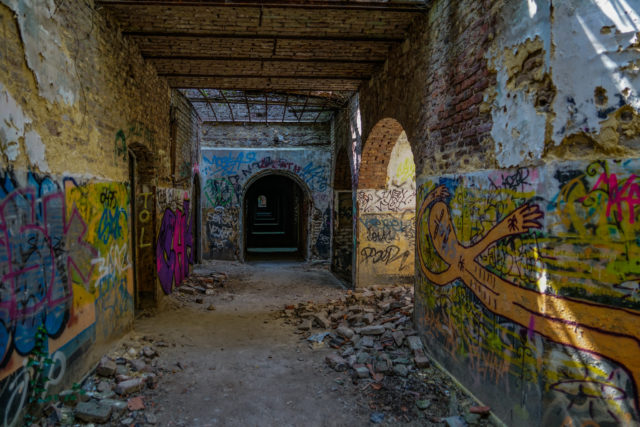
These amazing photographs were taken by a Dutch photographer called Sjak Vrieswijk. Many of his photography adventures are to be found on his Flickr page via this link. His work tends to focus on architecture, people, and nature photography. A big thank you to him for allowing us to share his photos of the Fort de la Chartreuse.
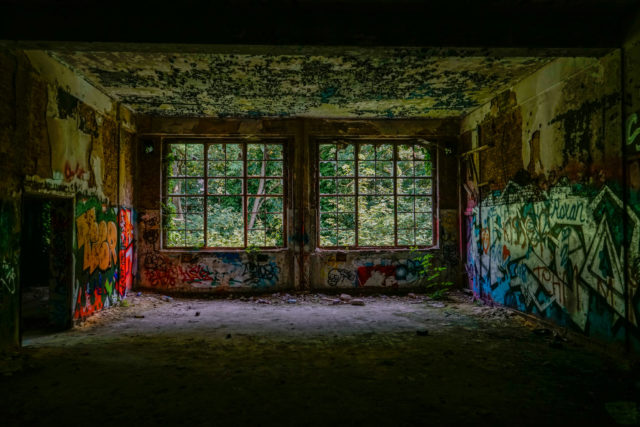
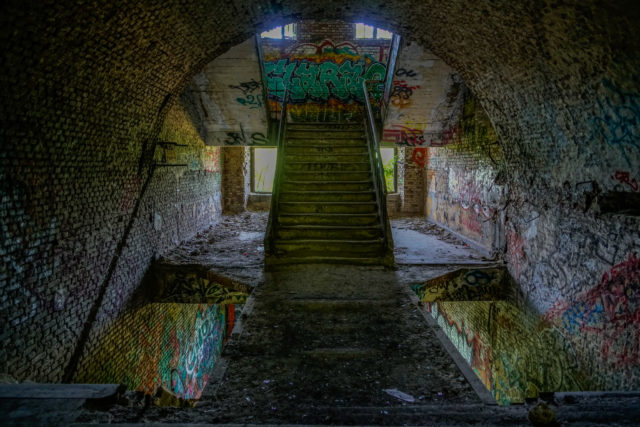
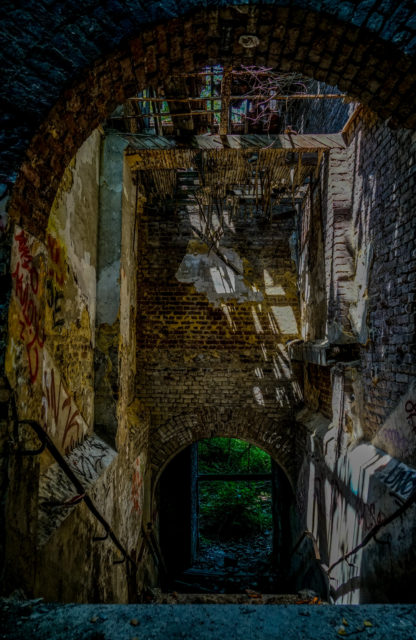
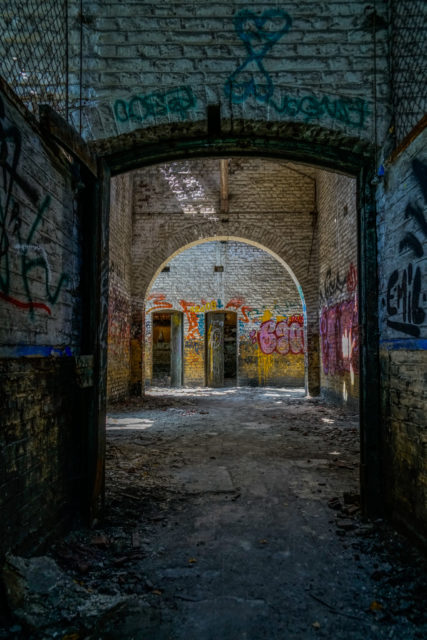
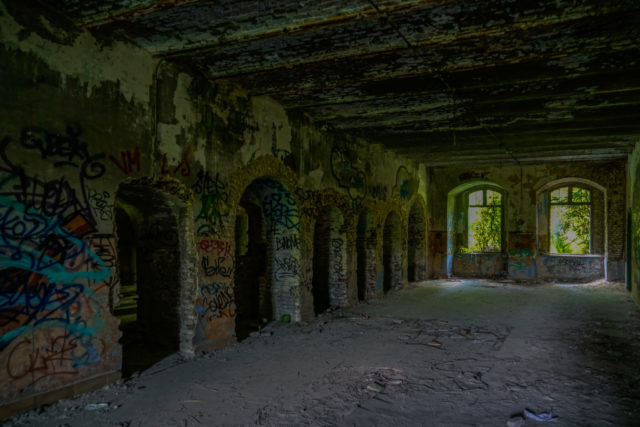
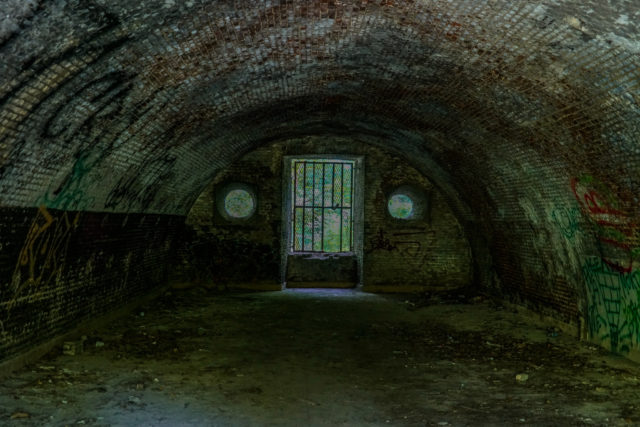
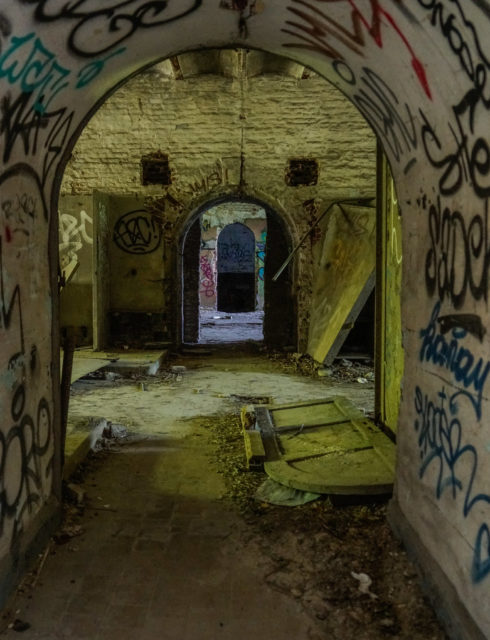
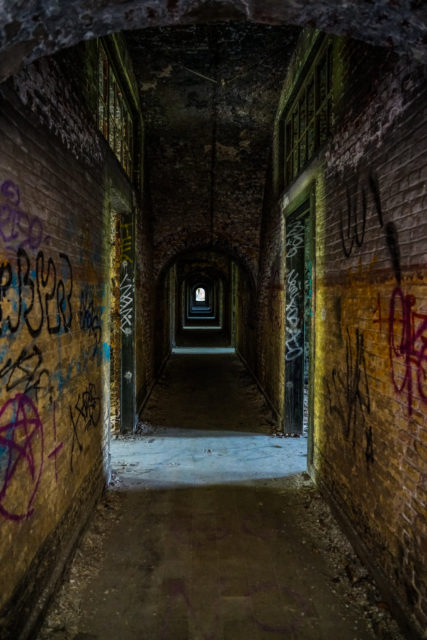
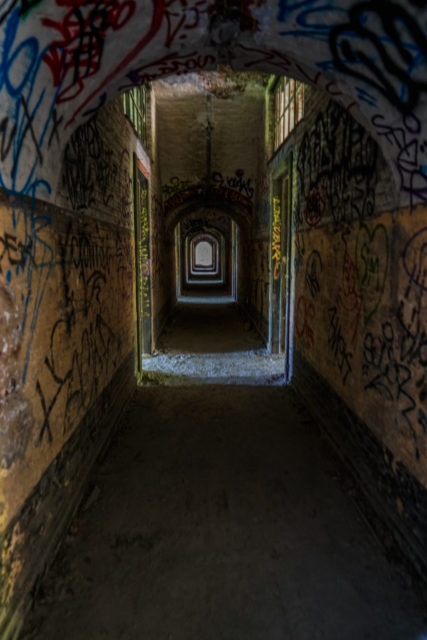
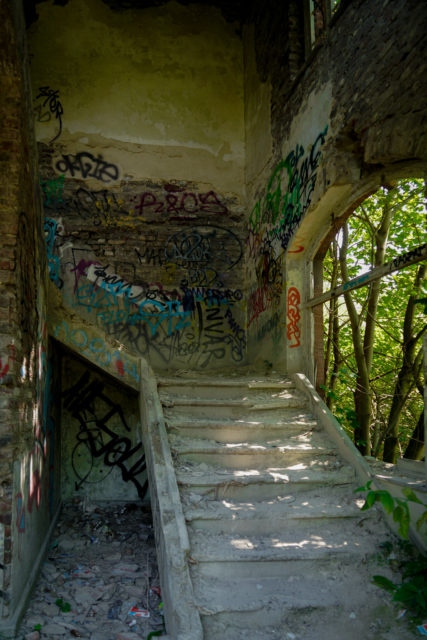
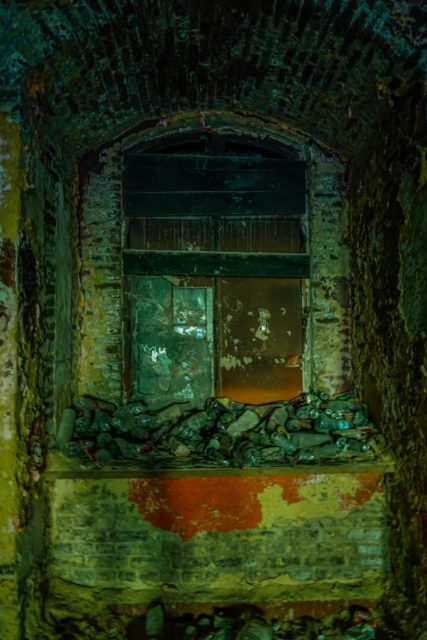
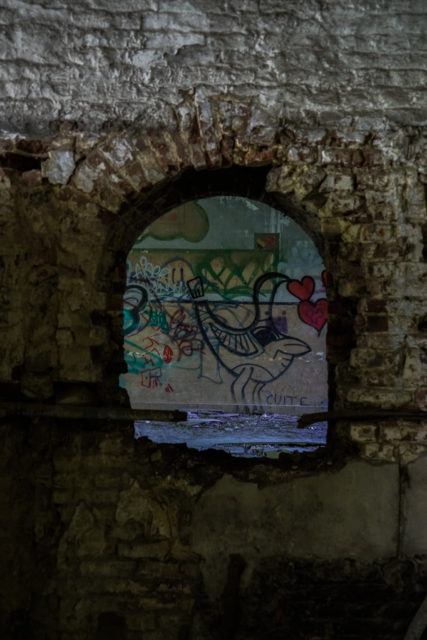
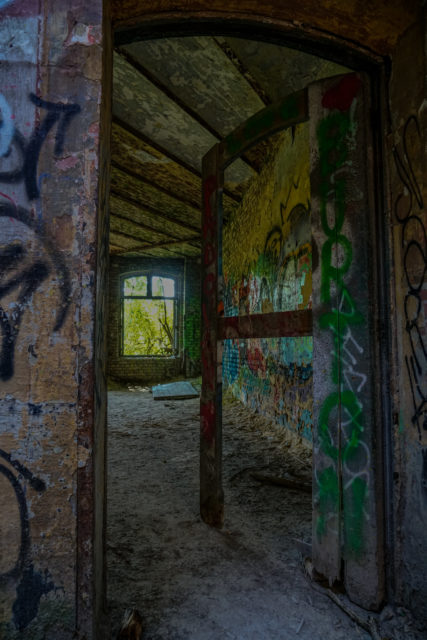
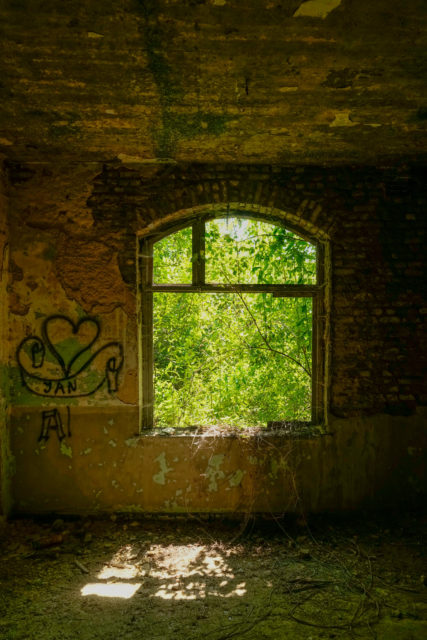
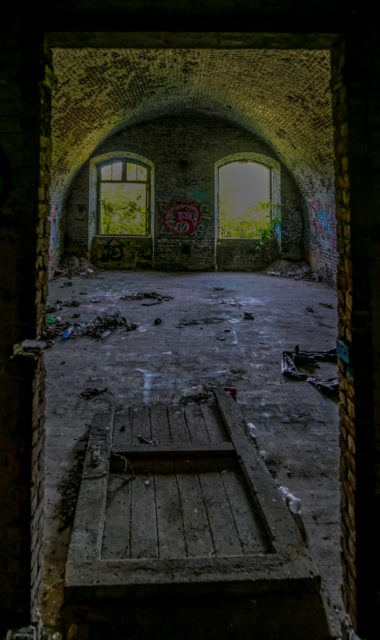
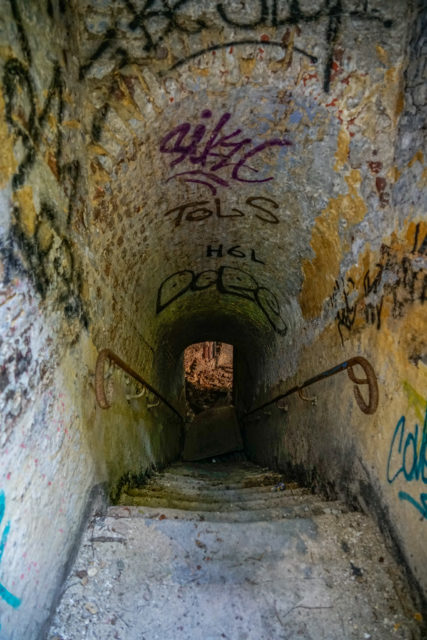
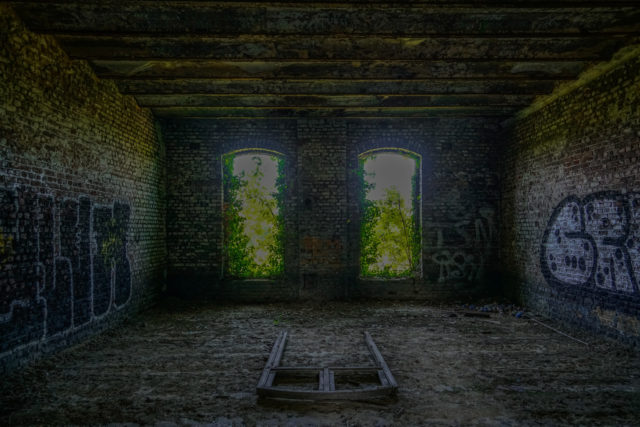
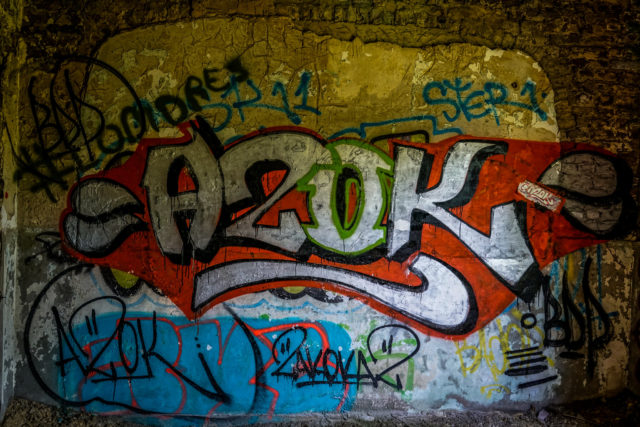
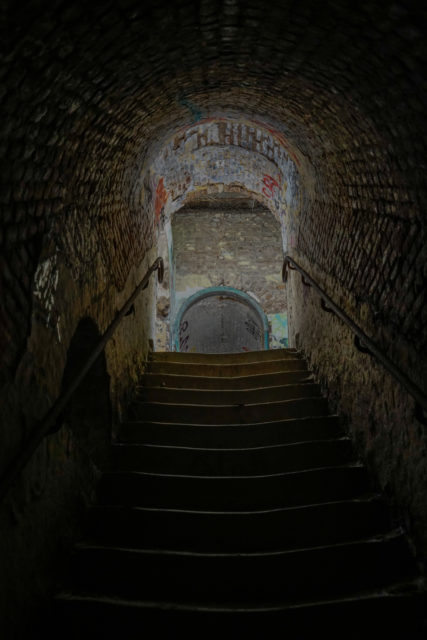
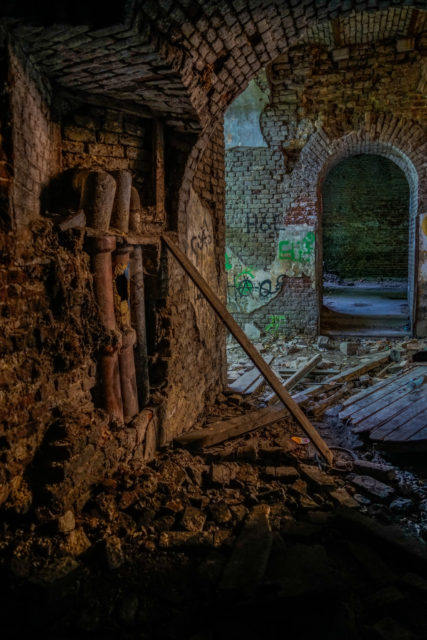
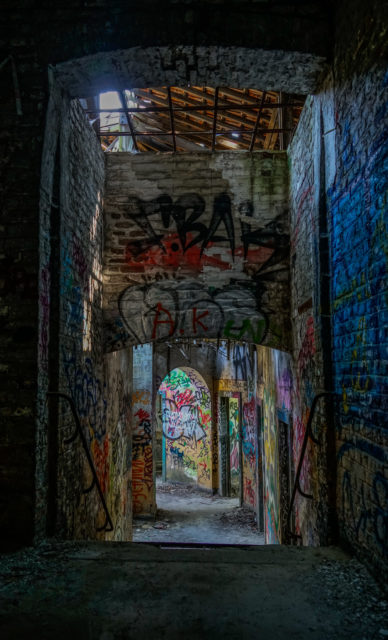
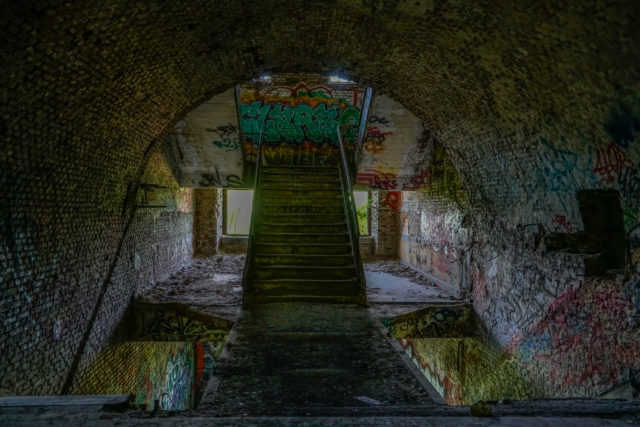
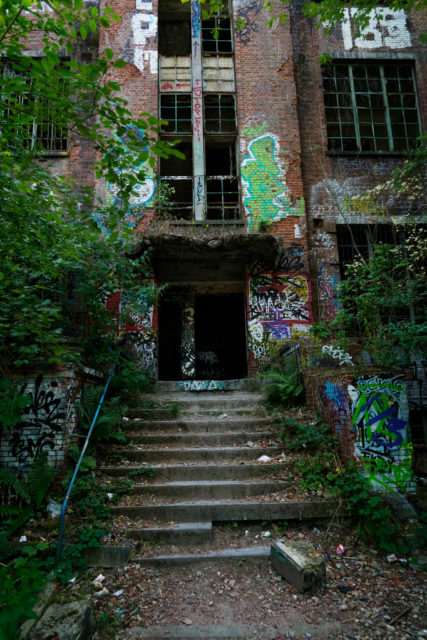
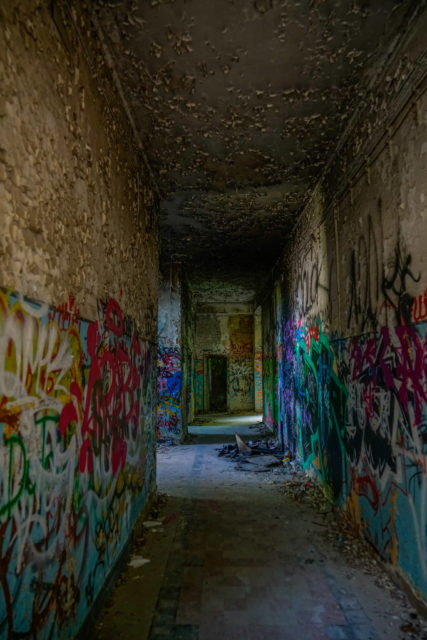
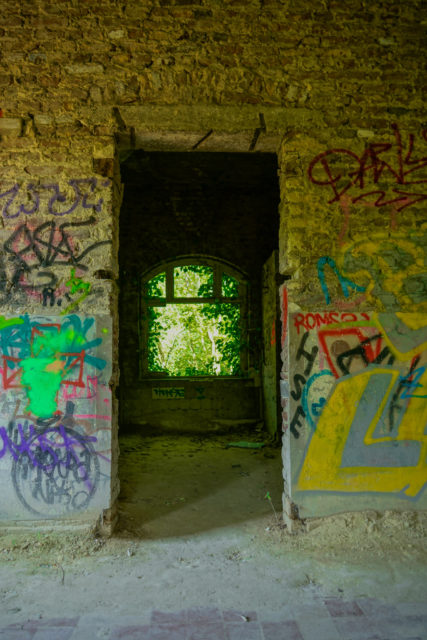
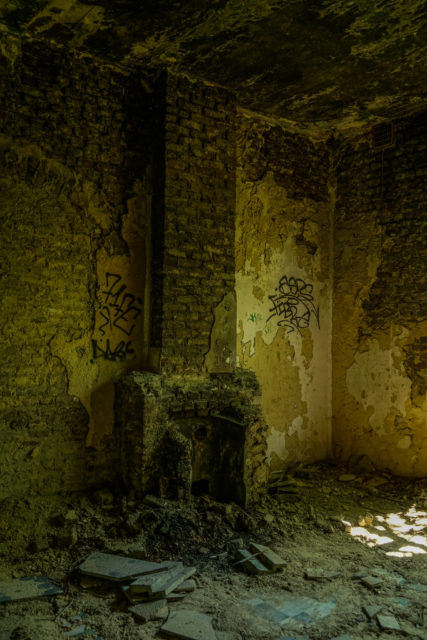
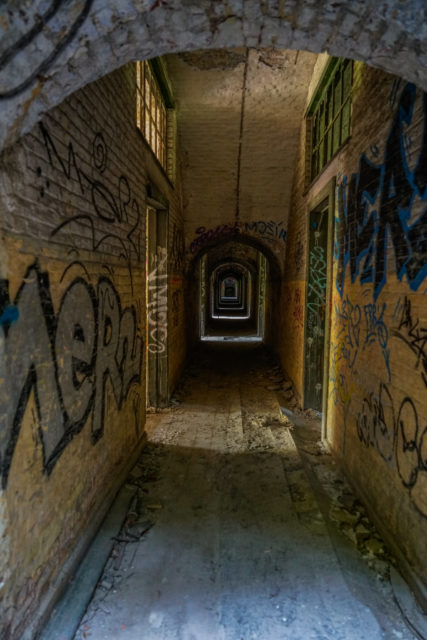
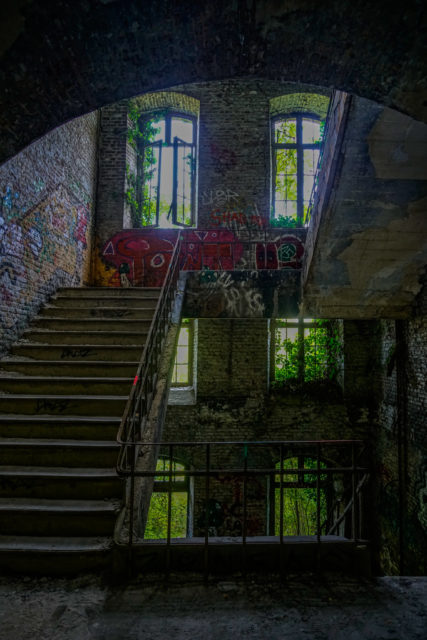
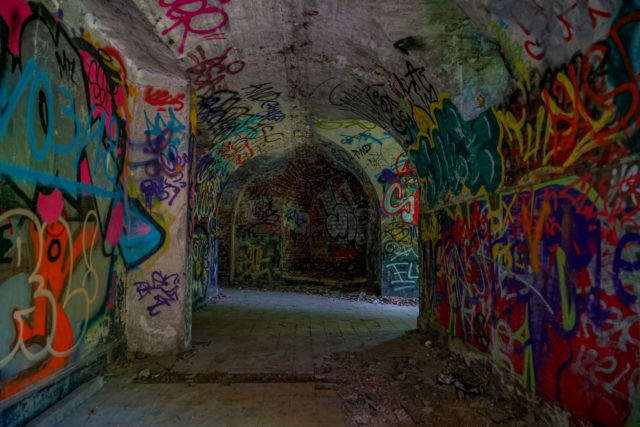
Another article from us: For Sale: Victorian Fort & Naval Gun Battery Yours for £5.5 Million ($7m)
